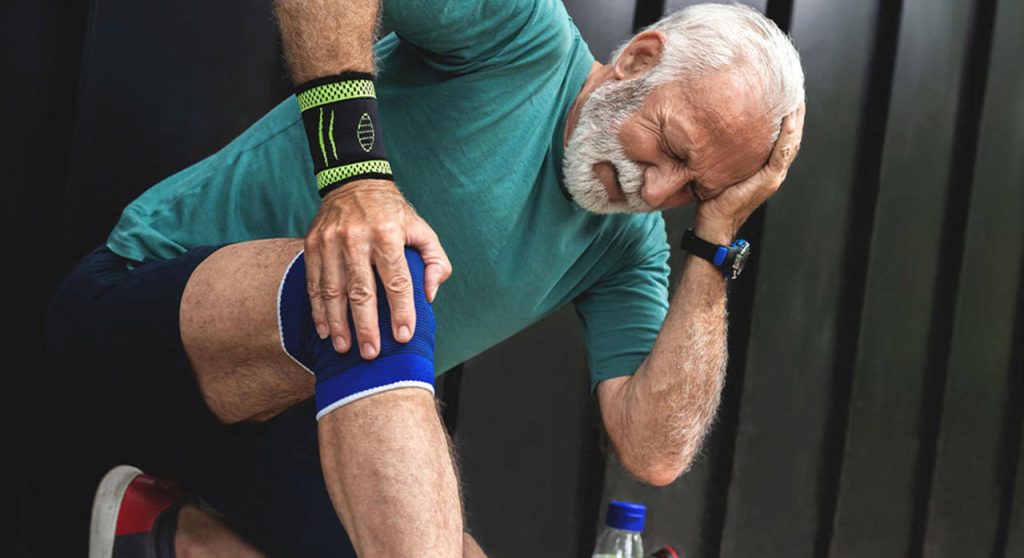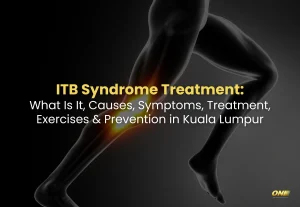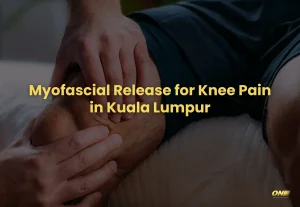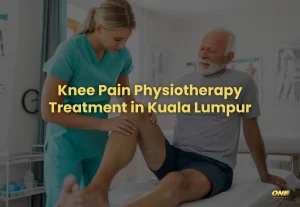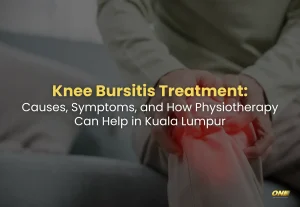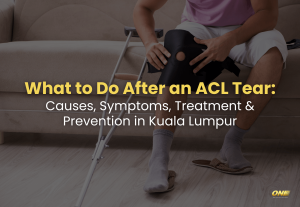Osteoarthritis (OA) is a degenerative joint disease or “wear and tear of cartilage” in our joints that occurs mostly in hip and knee.
Symptoms of OA:
- Pain or aching in a joint during activity, after long activity or at the end of the day.
- Joint stiffness usually occurs first thing in the morning or after resting.
- Limited range of motion that may go away after movement.
- Clicking or popping sound when a joint bends.
- Swelling around a joint.
- Muscle weakness around the joint.
- Joint instability or buckling (feels the joint gives away)
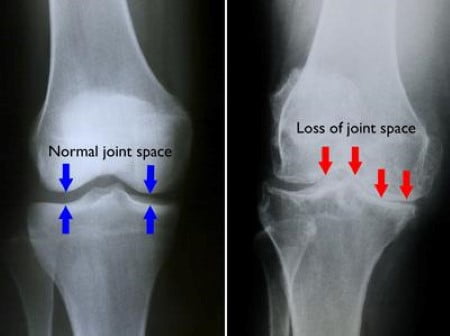
Risk Factors of OA:
- Age 50 and above
- Gender (Female more likely to have OA than male)Obesity
- Joint injury or overuse
- Muscle weakness or musculoskeletal abnormalities (malalignment of joint like knocked knee, bowed legs)
- Genetics
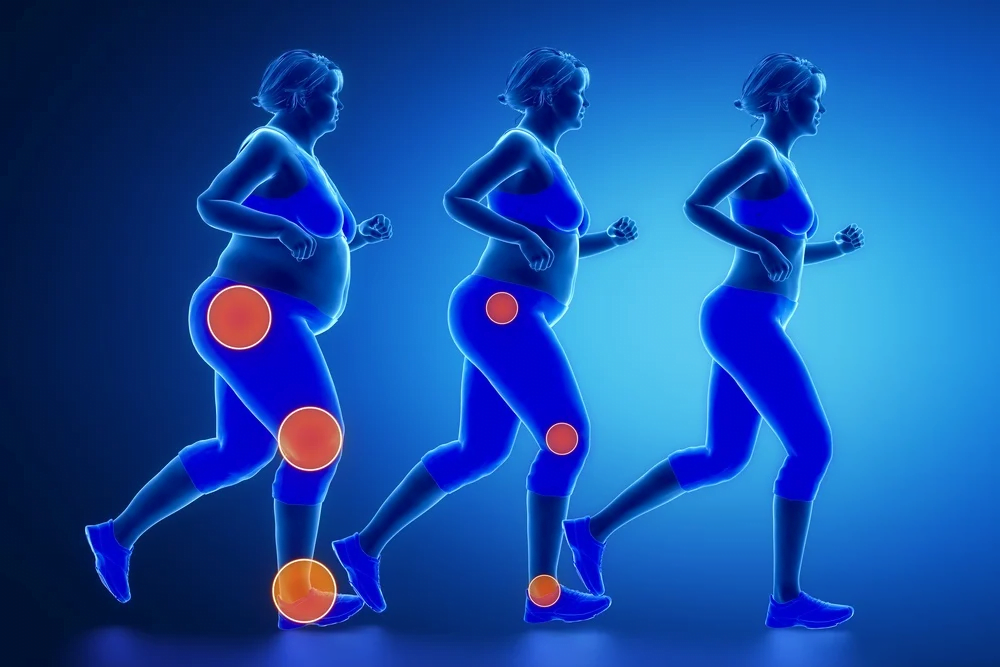
Movement is an essential part of an OA treatment plan. Getting 150 minutes of moderate-to-vigorous exercise per week should be the goal, according to the U.S. Department of Health and Human Services. A good exercise program to fight OA pain and stiffness has four parts:
- Strengthening exercises build muscles around painful joints and helps to ease the stress on them.
- Range-of-motion exercise or stretching helps to reduce stiffness and keep joints moving.
- Aerobic or cardio exercises help improve stamina and energy levels and reduce excess weight.
- Balance exercises help strengthen small muscles around the knees and ankles and help prevent falls.
Excess weight puts additional force and stress on weight-bearing joints, including the hips, knees, ankles, feet and back, and fat cells promote inflammation. Losing extra weight helps reduce pain and slow joint damage. Every pound of weight lost removes 4 pounds of pressure on lower-body joints.

